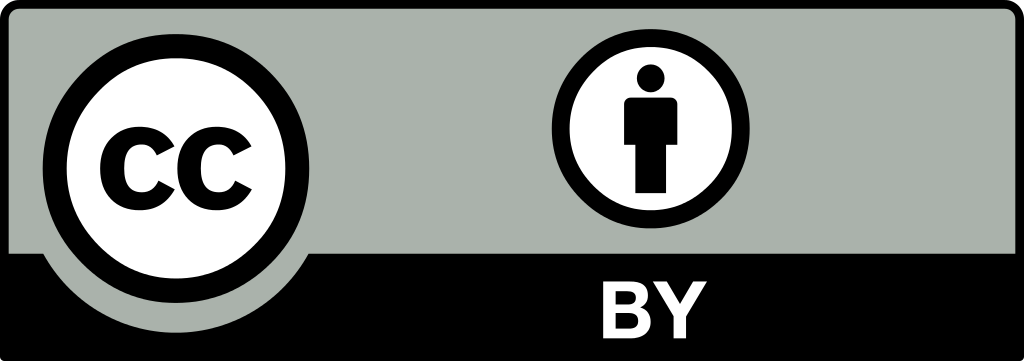

Volume- 8
Issue- 6
Year- 2021
![]() DOI: 10.55524/ijirem.2021.8.6.188 |
DOI: 10.55524/ijirem.2021.8.6.188 | ![]() DOI URL: https://doi.org/10.55524/ijirem.2021.8.6.188
DOI URL: https://doi.org/10.55524/ijirem.2021.8.6.188
 This is an Open Access article distributed under the terms of the Creative Commons Attribution License (CC BY 4.0) (http://creativecommons.org/licenses/by/4.0)
This is an Open Access article distributed under the terms of the Creative Commons Attribution License (CC BY 4.0) (http://creativecommons.org/licenses/by/4.0)
Article Tools: Print the Abstract | Indexing metadata | How to cite item | Email this article | Post a Comment
Pankaj Meel
This study sees an ebb and flows research on the factors that impact the achievement or disappointment of innovative drives. Nine articles give a more noteworthy number of likely purposes behind progress or disappointment, as well as positioning. Whenever we look at these rankings, we find that the nine examinations show a high similitude among the main 10 achievement factors, however insignificant likeness among the lower positioning ones. As far as factors prefer cutthroat strength, R&d venture, the degree to which a task is "inventive" or "innovatively progressed," and top administration backing, the different examinations are either inconsistent or uncertain. Notwithstanding, there is understanding that variables, for example, firm culture, development experience, the multidisciplinary idea of the R&D group, and unequivocal affirmation of the aggregate idea of the advancement cycle, as well as the advantages of the lattice association, decidedly affect creative achievement.
[1] G. van der Panne, C. van Beers, and A. Kleinknecht, “Success and Failure of Innovation: A Literature Review,” Int. J. Innov. Manag., 2003, doi: 10.1142/s1363919603000830.
[2] G. van der Panne, C. van Beers, and A. Kleinknecht, “Success and Failure of Innovation :,” Int. J. Innov. Manag., 2003.
[3] G. Feola and R. Nunes, “Success and failure of grassroots innovations for addressing climate change: The case of the transition movement,” Glob. Environ. Chang., 2014, doi: 10.1016/j.gloenvcha.2013.11.011.
[4] R. Priya and R. Belwal, “Motivation to a deadlock detection in mobile agents with pseudo-code,” 2018, doi: 10.1007/978-3-319-63673-3_14.
[5] S. Shukla, A. K. Agarwal, and A. Lakhmani, “MICROCHIPS: A leading innovation in medicine,” 2016.
[6] J. Rai, R. C. Tripathi, and N. Gulati, “A comparative study of implementing innovation in education sector due to COVID-19,” 2020, doi: 10.1109/SMART50582.2020.9337148.
[7] P. P. Singh, S. K. Sharma, and P. K. Goswami, “A compact frequency reconfigurable printed antenna for WLAN, WiMax multiple applications,” Prog. Electromagn. Res. C, 2020, doi: 10.2528/PIERC20082705.
[8] J. K. Rajput, T. K. Pathak, and L. P. Purohit, “Impact of Sputtering Power on Properties of CdO:ZnO Thin Films Synthesized by Composite Method for Oxygen Gas Sensing Application,” J. Electron. Mater., 2019, doi: 10.1007/s11664-019-07464-4.
[9] P. V. S. C. Naidu, N. Agarwal, and N. Agarwal, “Design & analysis of novel comparator without biasing for high performance application,” 2016, doi: 10.1109/ISNE.2016.7543372.
[10] G. K. Upadhyay, J. K. Rajput, T. K. Pathak, H. C. Swart, and L. P. Purohit, “Photoactive CdO:TiO2 nanocomposites for dyes degradation under visible light,” Mater. Chem. Phys., 2020, doi: 10.1016/j.matchemphys.2020.123191.
[11] J. J. Porter and K. Birdi, “22 reasons why collaborations fail: Lessons from water innovation research,” Environ. Sci. Policy, 2018, doi: 10.1016/j.envsci.2018.07.004.
[12] G. Feola and R. Nunes, “Success and failure of grassroots innovations for addressing climate change,” Glob. Environ. Chang., 2014.
[13] Z. Radnor, “Review of Business Process Improvement Methodologies in Public Services,” Adv. Inst. Manag. Res., 2010.
[14] M. M. Naqshbandi and I. Tabche, “The interplay of leadership, absorptive capacity, and organizational learning culture in open innovation: Testing a moderated mediation model,” Technol. Forecast. Soc. Change, 2018, doi: 10.1016/j.techfore.2018.03.017.
[15] P. a Kirschner, M. Hendriks, F. Paas, and I. Wopereis, “Determinants for Failure and Success of Innovation Projects : The Road to Sustainable Educational Innovation,” Assoc. Educ. Commun. Technol. 27th, 2004.
[16] R. Mishra, I. Tomar, S. Singhal, and K. K. Jha, “Facile synthesis of thiazolidinones bearing thiophene nucleus as antimicrobial agents,” Der Pharma Chem., 2012.
[17] A. Kundu and S. K. Singh, “Heisenberg-Langevin Formalism for Squeezing Dynamics of Linear Hybrid Optomechanical System,” Int. J. Theor. Phys., 2019, doi: 10.1007/s10773-019-04133-4.
[18] Shalini, “Compact two element antenna array for USB Dongle applications,” 2016, doi: 10.1109/ICMOCE.2015.7489777.
[19] V. S. Rana, J. K. Rajput, T. K. Pathak, and L. P. Purohit, “Influence of N2 flow rate on UV photodetection properties of sputtered p-ZnO/n–Si heterojuctions,” Colloids Surfaces A Physicochem. Eng. Asp., 2020, doi: 10.1016/j.colsurfa.2019.124103.
[20] M. Rahul, N. Kohli, R. Agarwal, and S. Mishra, “Facial expression recognition using geometric features and modified hidden Markov model,” Int. J. Grid Util. Comput., 2019, doi: 10.1504/IJGUC.2019.102018.
[21] M. E. Raynor, “Disruption theory as a predictor of innovation success/failure,” Strateg. Leadersh., 2011, doi: 10.1108/10878571111147378.
Department of Management Studies, Vivekananda Global University, Jaipur, India Email Id- Pankaj.Meel@vgu.ac.in
No. of Downloads: 10 | No. of Views: 489
Siddharth P. Sharma.
February 2024 - Vol 11, Issue 1
Bhavna Galhotra, Devesh Lowe.
October 2023 - Vol 10, Issue 5
Dr. Kamlesh Chandra Prasad, Wagish Chandra Choudhary* .
August 2023 - Vol 10, Issue 4
